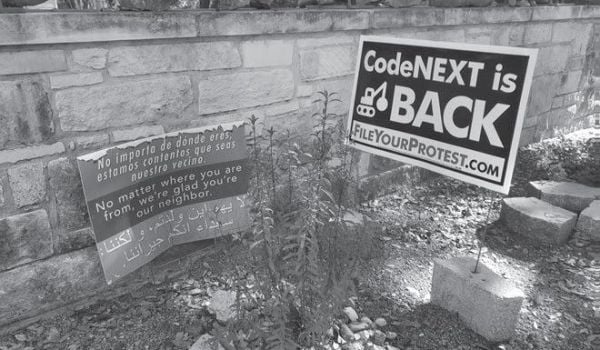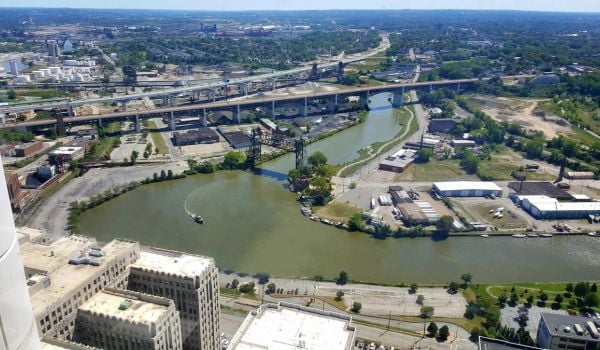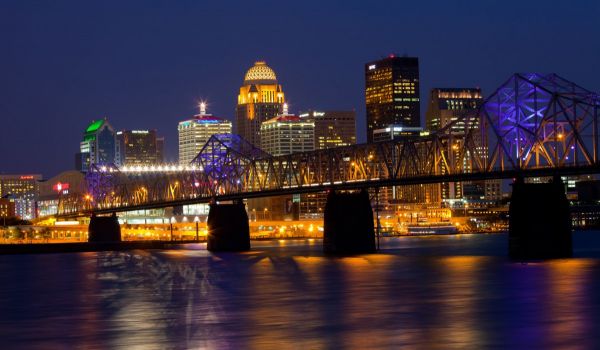Last week, a study in Akron, Ohio found that a plan to revamp the former industrial city’s downtown is not only economically viable, but would bring nearly 15,000 jobs to the area within 20 years.
By adding almost 5 million square feet of new office, retail and residential space to the streetscape, development would also generate about $90 million in tax revenue for the city, according to the study.
Like many Midwestern cities, Akron has an urban core anchored by several major businesses – such as tire giant Goodyear and Purell manufacturer GOJO Industries – along with a few cultural centers and a handful of hospitals. But in the space between them, there isn’t much.
Which is why University Park Alliance (UPA), a local non-profit development corporation, devised the Core City Development Plan. Unveiled last May, the project aims to make Akron denser by infilling a huge swath of land near the University of Akron, the city’s third-largest employer and geographical epicenter.
“It is not a plan that’s been sitting on the shelf,” said UPA executive director Eric Johnson. “It is executable.”
Citing what he calls “super-ultra-conservative estimates,” Johnson said that, between strengthening existing anchor businesses and attracting new companies to over 3 million square feet of added corporate space, the plan has earned the economic legitimacy to move forward.
Although specific details have not yet been made public, the plan calls for four separate construction sites slated to break ground later this year. The building would occur within 50 square blocks – a compact but appreciable trapezoidal chunk of the 62-square-mile city. Flanking the target area are Main Street to the west, Market Street to the northeast, and Exchange Street to the south.
As previously noted, faded industrial cities across the U.S. have spent the past few years trying to revive much-needed businesses in their metro areas. Non-profits have taken the lead, collaborating with local officials and private entrepreneurs to give their home cities the necessary shots in the arm. Can Akron place its bets on a single, sweeping makeover from its most visible development corporation?







_600_350_80_s_c1.jpg)








